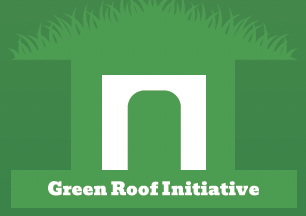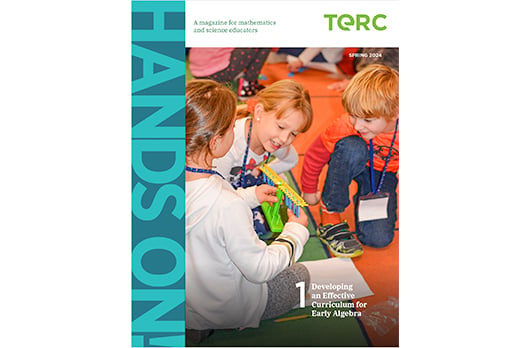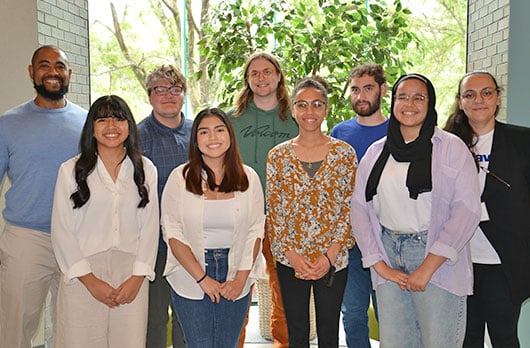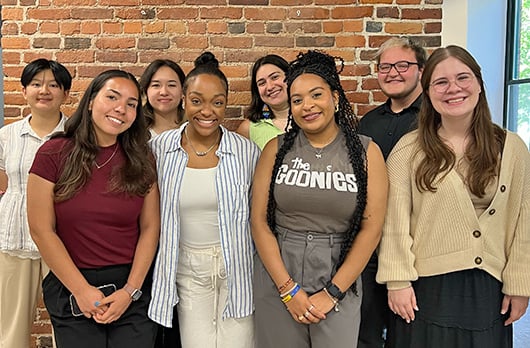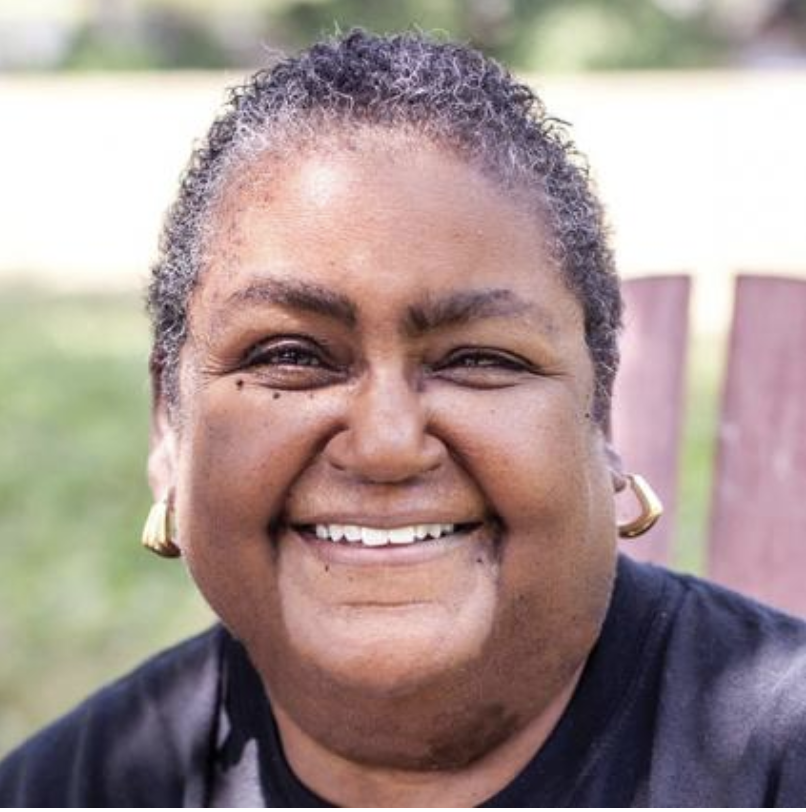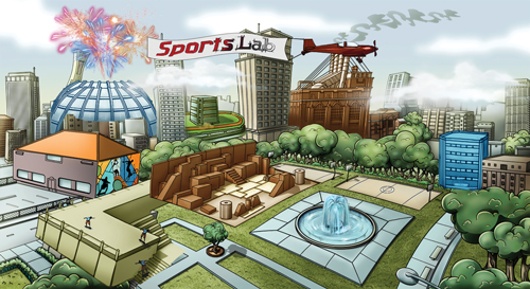TERC Blog
Innovate to Mitigate: The Impact of Social Media on Green Roofs
Since 2019 TERC’s national Innovate to Mitigate competition has engaged more than 160 student teams in Grades 8–12 to help build and design solutions to limit the impacts of climate change. This competition takes a project-based learning approach that supports student teams to investigate what causes climate change and then propose a solution that can help mitigate its effects. Students then crowdsource their proposals to other participants for feedback to help strengthen their approach. Each team works to develop a prototype, and at the end they dive deeper into the science when they and their peers discuss their final submissions online.
Team leaders O’Neill Cooper and Annika Adamo, whose Miami, Florida–based Project Green Roof (instagram.com/projectgreenroof) won second prize in the competition this year, describe their experience in the competition and how they utilized social media. terc.edu/innovatetomitigate

For our project, we decided to create a social media page that would aim to spread awareness about green roofs as a way to mitigate climate change. Green roofs, sometimes referred to as living roofs, are roofs that have a growing medium and vegetation built on top of a structure. Not only do green roofs offer a plethora of benefits, but they are also widely applicable, only needing a sufficiently strongfoundation to support them.
Green roofs sequester carbon dioxide emissions through their plants and soil. As the plants grow, they use carbon dioxide as fuel and store it within themselves and the soil, locking it out of the atmosphere, where it would otherwise harm the planet by increasing global warming. On top of that, green roofs can heavily mitigate stormwater runoff that often harms local ecosystems. They do this by trapping the rainwater in the roofs’ growing medium (soil) and then filtering out and absorbing any toxic particles before slowly re-releasing the now cleaned water. Green roofs also help the environment by serving as a place for native plants and animals to reside, thus increasing biodiversity.

In addition to environmental benefits, green roofs provide advantages for people’s health and wallets. The growing medium, especially when saturated, acts as an incredible insulator, having been found to reduce the temperature of some buildings by up to 10 degrees Fahrenheit, or about 12 degrees Celsius. This reduces the need for cooling, which brings down the electricity bill. Furthermore, the plants perform evapotranspiration, the process of releasing water vapor through their leaves, which cools down the surrounding area. Not only will this cool down a building, but it can also combat urban heat islands, over-paved areas that absorb a lot of heat without any way of releasing it, resulting in that area being hotter than its surroundings. Heat islands pose a very large and possibly lethal threat to people, especially those who are vulnerable to heat-based illnesses. According to the EPA, urban heat islands can cause general discomfort, respiratory difficulties, heat cramps, heat exhaustion, and heat stroke.
Many people remain unaware of the innumerable benefits provided by green roofs, which we recognized as a challenge to their implementation. Seeing the need to spread awareness about green roofs in order for them to be widely adopted, we decided to utilize social media (in our case, Instagram), because it has become one of, if not the, largest and most effective platforms for quickly spreading information to a large group of people.

For the duration of the research period, we created and posted concise, single-image posts to teach viewers about a variety of topics relating to green roofs. In these posts, the team also discussed and monitored an experiment using the model shown above (Figure 1) to test the ideal extensive green roof for South Florida. To gauge the effectiveness of our social media page, wecreated a survey that asked people a variety of questions concerning the page and how it affected their perception of green roofs.
The Project Green Roof team was able to survey around 150 people and, after compiling and interpreting their responses, we were able to confirm that our social media page was a success and that social media is an extremely effective tool for promoting green roofs. Fifty-nine percent of people had no idea what a green roof was before the post, while the other 41 percent had varying levels of knowledge on green roofs, although it was often a very surface-level understanding.
After viewing the social media page, more than 90 percent of respondents said that the post had effectively taught them about green roofs. Of those people, 67 percent felt motivated to do more research and 80 percent said that they believed green roofs were applicable for their city. Overall, social media greatly boosted people’s perceptions of green roofs, with the social media page causing people to be much more passionate about green roofs by teaching them about green roofs and their applications.
While the social media page was a resounding success, we also found room for improvement. Viewers’ feedback mentioned that they felt the posts were “boring” or poor at capturing their attention. To solve this issue, we believe that the implementation of video-based content would be more effective at capturing an audience and boosting interest in the information on the post. Viewers also shared that they would not have likely seen the content had it not been personally promoted to them by the team. Video-based content would also be more likely to gain more traction, increasing the number of viewers and amount of information they are likely to retain. Higher viewer counts and retention rates will increase the effectiveness of the social media page, thus giving us a larger platform to educate on green roofs.
Some of us will be continuing our work researching and spreading awareness about green roofs on the social media page “Green Roof Initiative.” We will be implementing the changes described above in order to make the social media page more effective. Moreover, we will be creating accounts on YouTube and Facebook in addition to an Instagram page, all under the “Green Roof Initiative” name, so that we can reach a wider audience.
BIOS
O’Neill Cooper is a high school junior in Miami with a lifelong passion for nature and environmental science. His fascination with nature has evolved into a commitment to sustainability, especially through sustainable architecture like green roofs. O’Neill aspires to pursue a career in environmental policy to drive impactful changes. When he’s not working on his own projects or school, he loves volunteering at local parks and cooking. His goal is to merge his love for nature with a career dedicated to making a better world for tomorrow.
Annika Adamo was a member of the first-place Innovate to Mitigate team in 2023. This year she has also joined the Green Roof Initiative team. She is originally from Atlanta, and now lives in Miami, and was first exposed to green roofs in the form of a sod-roofed house at an open-air museum in Kristiansand, Norway. Annika’s interest in the subject has only grown since participating in this project and she cannot wait to continue with more work.
ACKNOWLEDGMENTS
Thanks to our AP Environmental Science teacher, Pamela Shlachtman, for inspiring and teaching us about science and introducing the team to Innovate to Mitigate.

